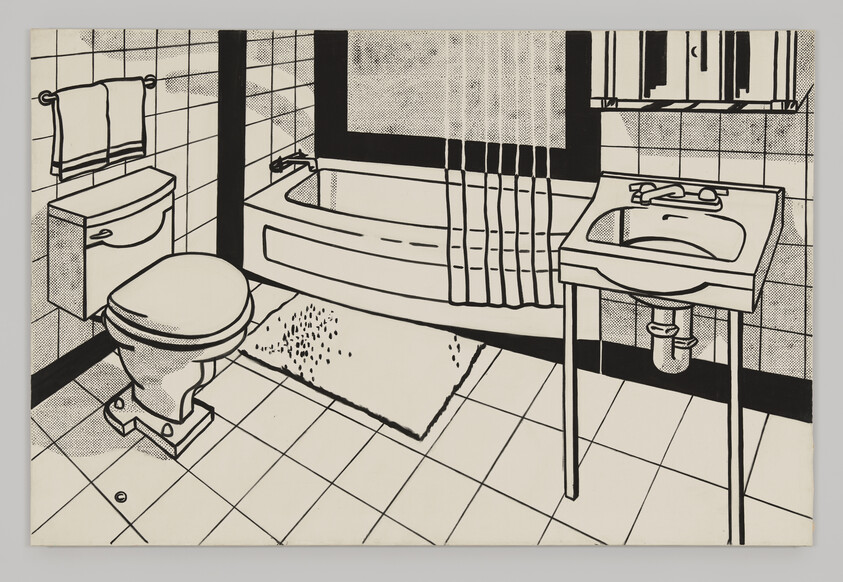Not on view
Date
1961
Classification
Paintings
Medium
Oil on canvas
Dimensions
Overall: 45 3/4 × 69 3/8 in. (116.2 × 176.2 cm)
Accession number
2002.253
Credit line
Gift of The American Contemporary Art Foundation, Inc., Leonard A. Lauder, President
Rights and reproductions
© Estate of Roy Lichtenstein,all rights reserved
Audio
-
Roy Lichtenstein, Bathroom, 1961
In Where We Are (Kids, Spanish)
0:00
Roy Lichtenstein, Bathroom, 1961
0:00
Mark Joshua Epstein: Estamos observando una pintura de 1961 realizada por Roy Lichtenstein y titulada Bathroom.
Estudiante 1: Es algo raro… La mayoría de la gente tiene un baño en la casa, me hace pensar: ¿por qué ibas a pintar un baño?
Estudiante 2: Creo que el objetivo de esta pintura es, simplemente, mostrar cosas cotidianas, que vemos en la vida diaria, y representar cuál es su propósito.
Estudiante 1: Bueno, me pregunto por qué hay un símbolo de derechos de autor en la esquina inferior izquierda.
Estudiante 2: Sí, parece como si estuviera dibujado en un estilo caricaturesco.
Mark Joshua Epstein: Roy Lichtenstein fue un artista pop, lo que significa que se inspiró mucho en objetos de la cultura popular. Uno de los motivos por los que esto podría llevar un signo de derechos de autor es porque lo tomó de un folleto o algún tipo de publicidad acerca de un baño. Si fueran a crear una obra de arte hoy en día y se fueran a inspirar en algo de la cultura popular, ¿qué sería?
Estudiante 2: Puede que suene un poco raro, pero a mí me interesa bastante el vello facial. Quizás se podría dibujar un bigote realizando cierta acción.
Estudiante 1: Creo que quizás sería un paisaje, porque en las revistas y la publicidad siempre vemos paisajes hermosos.
-
Roy Lichtenstein, Bathroom, 1961
In Where We Are (Kids)
0:00
Roy Lichtenstein, Bathroom, 1961
0:00
Mark Joshua Epstein: We are looking at a 1961 painting by Roy Lichtenstein called Bathroom.
Student 1: It's kind of random, like most people in their house have a bathroom, and why would you paint it is my feeling.
Student 2: I think the object of this painting is just to show everyday, daily things that you see in life, and just to represent what their purpose is.
Student 3: Well, I'm wondering why there's a copyrighted sign on the bottom left corner.
Student 4: Well, it looks sort of like it was drawn in a cartoon style.
Mark Joshua Epstein: Roy Lichtenstein was a Pop artist, which meant that he was really inspired by things from popular culture. One of the reasons this might have a copyright sign on it is because it was taken from a brochure or some kind of advertisement about a bathroom. If you were going to create a work of art now and you were going to take inspiration from something in popular culture, what could it be?
Student 1: I think maybe a landscape, because in magazines and advertisements, you always see these beautiful landscapes.
Student 2: This might sound a little odd, but I'm kind of interested in facial hair. Maybe you can draw a picture of a mustache in a certain action.
Student 3: I would probably draw a plant or a flower because there's so many different variations, and they're very fun to draw.
Exhibitions
-
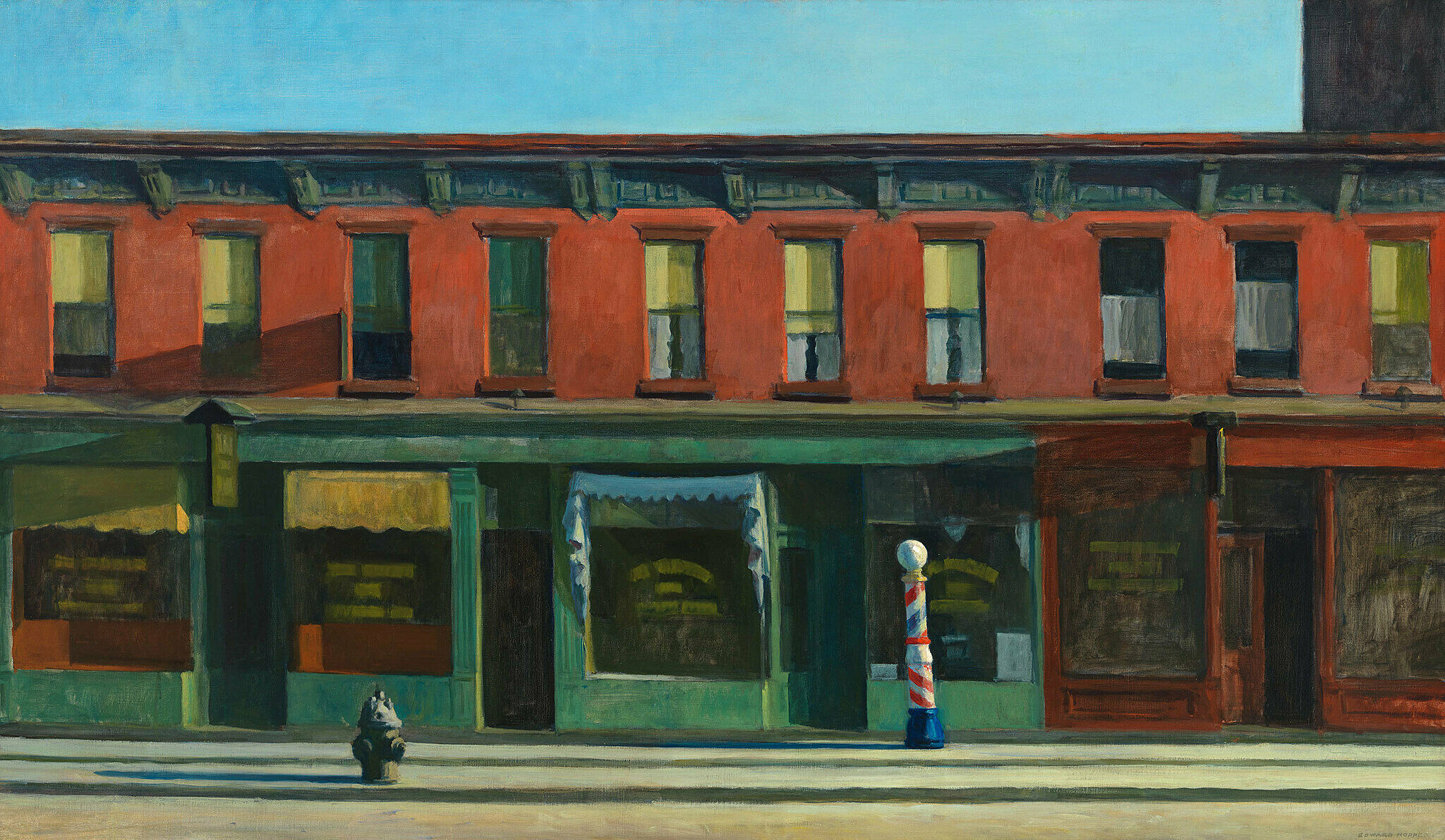
The Whitney’s Collection: Selections from 1900 to 1965
June 28, 2019–May 1, 2025
-
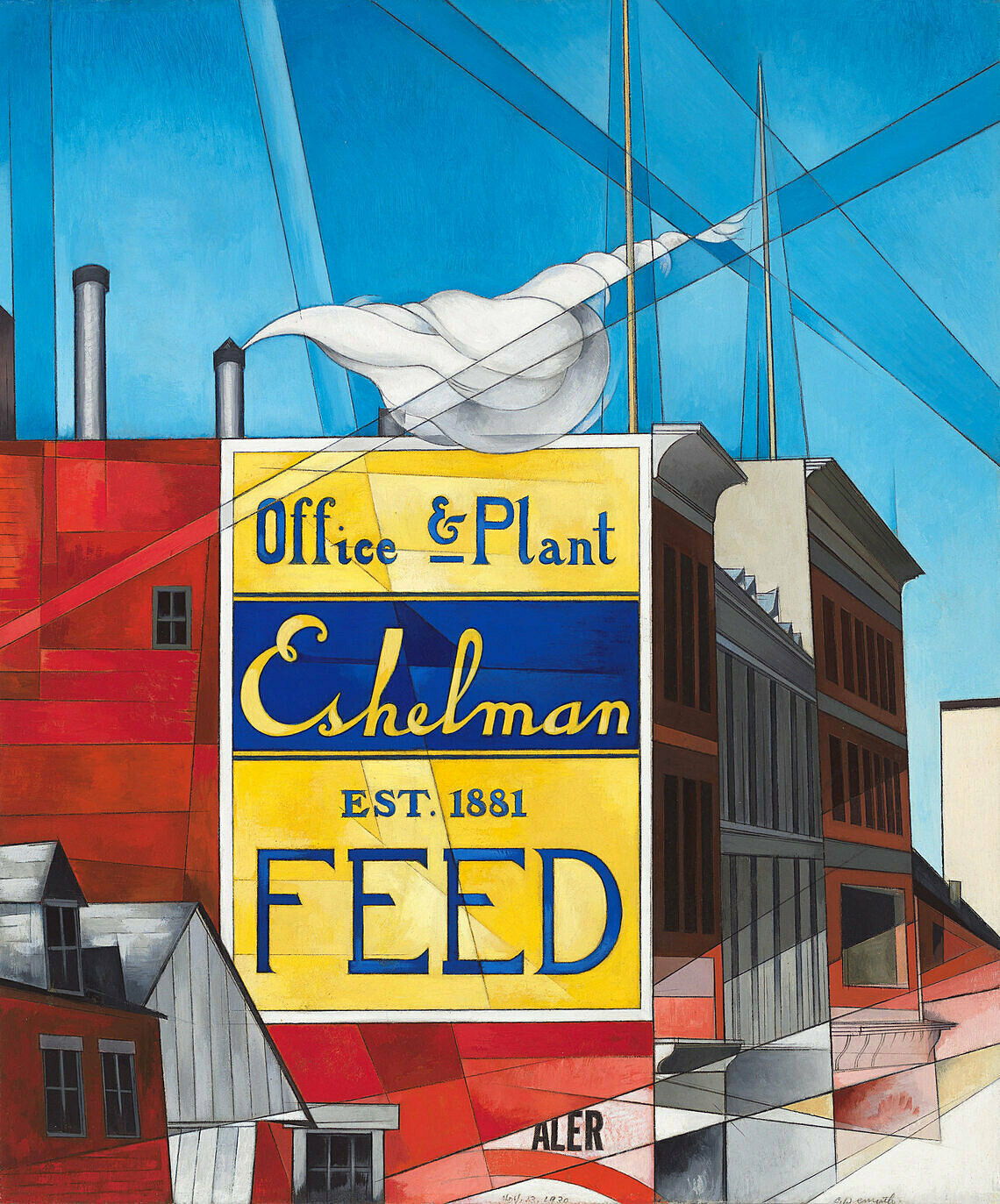
Where We Are: Selections from the Whitney’s Collection, 1900–1960
Apr 28, 2017–June 2, 2019
-
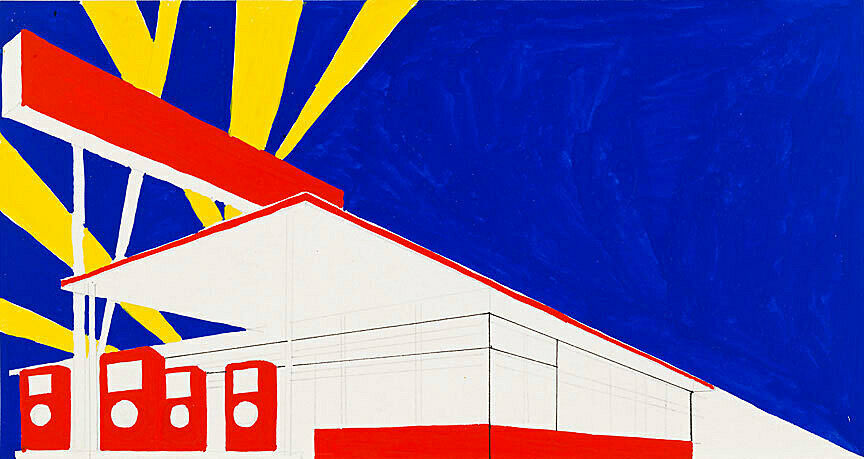
Shaping a Collection: Five Decades of Gifts
July 17–Oct 19, 2014
-
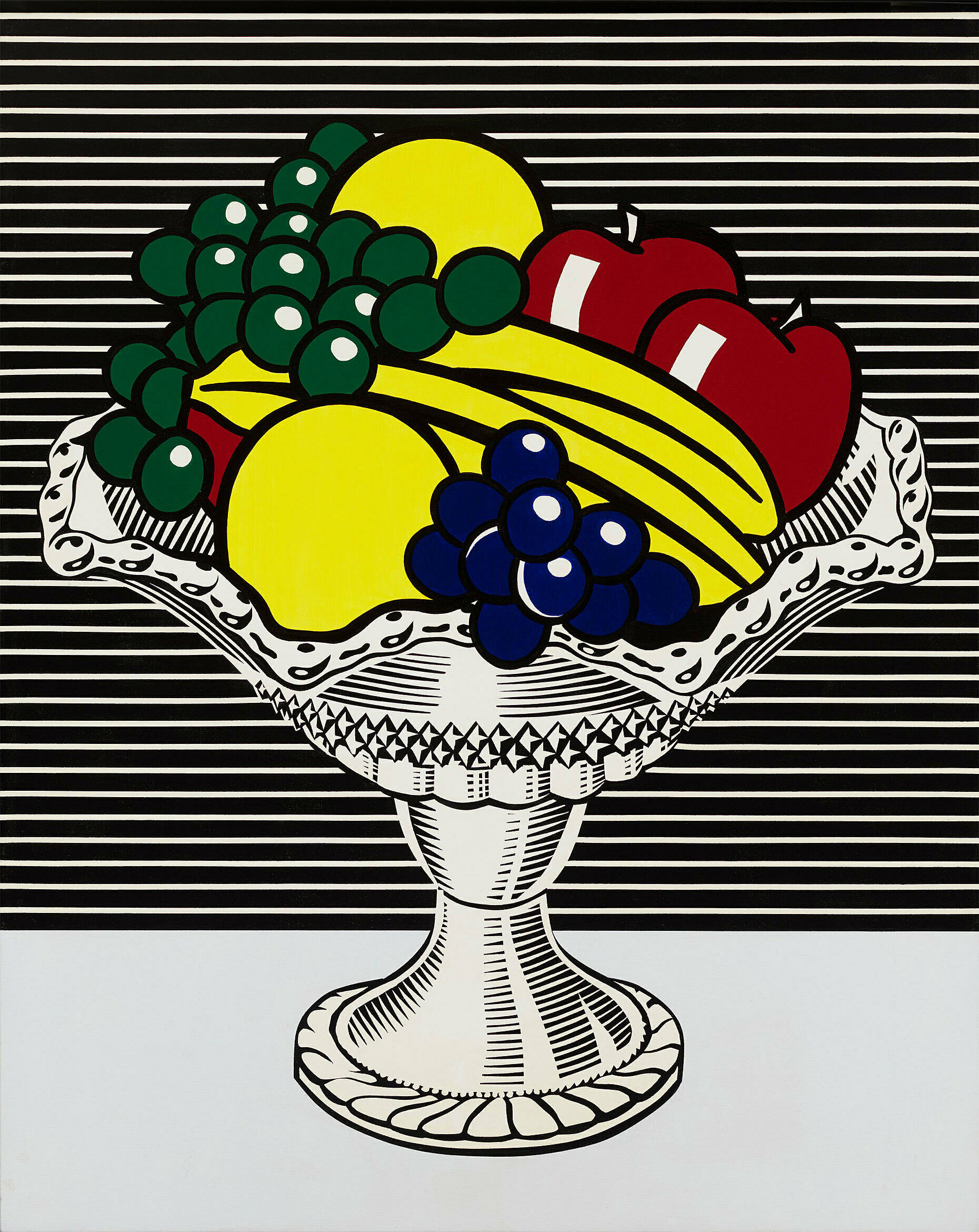
American Legends: From Calder to O’Keeffe
Dec 22, 2012–June 29, 2014
-
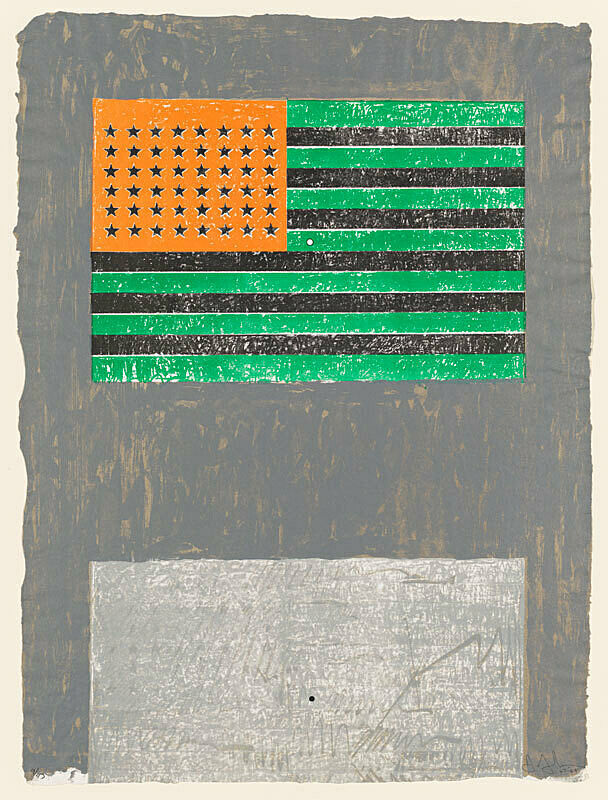
Sinister Pop
Nov 15, 2012–Mar 31, 2013
-
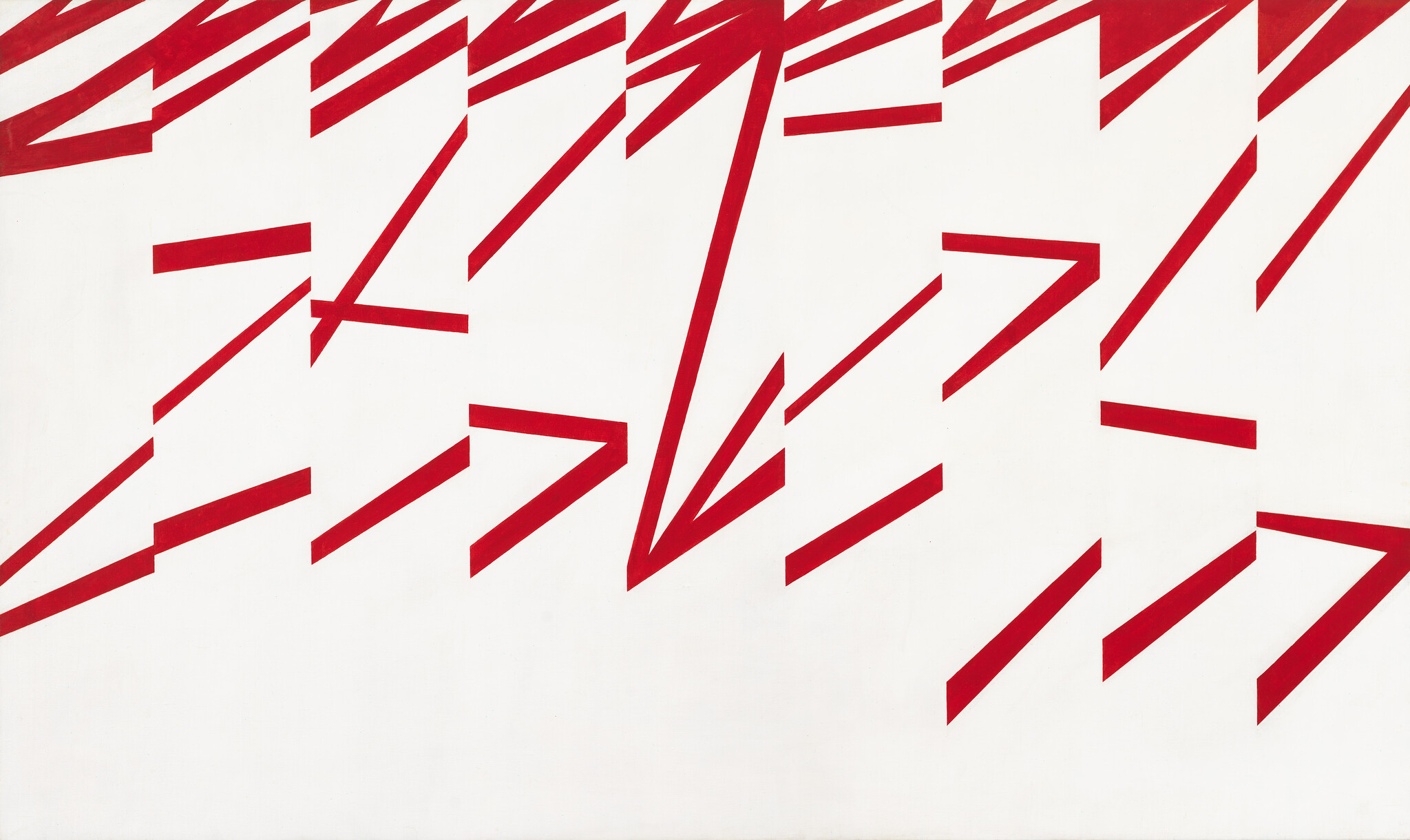
An American Legacy, A Gift to New York
Oct 24, 2002–Jan 26, 2003
-
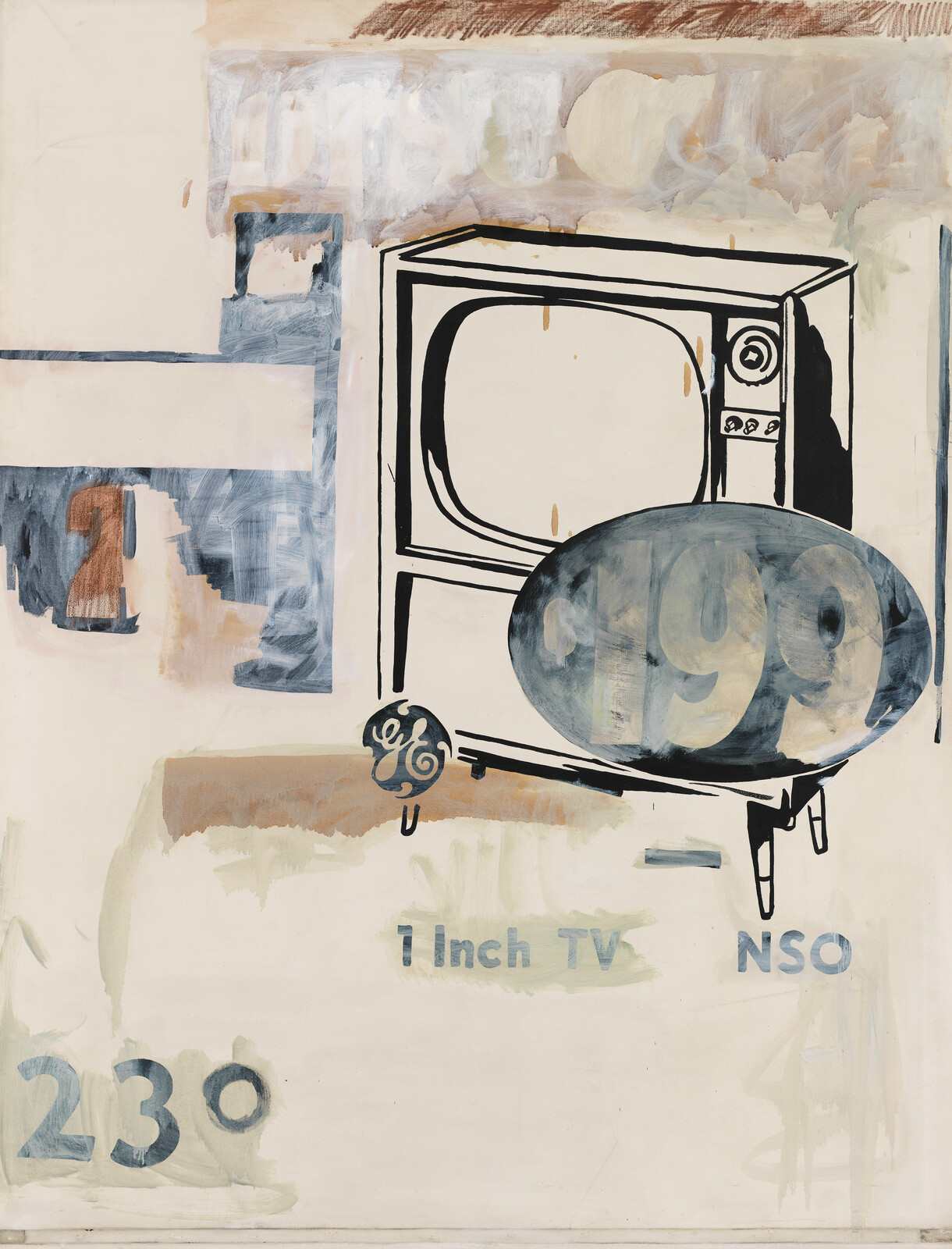
De Kooning to Today: Highlights from the Permanent Collection (2nd floor–Oct 2002)
Oct 10, 2002–Mar 2, 2003
Installation photography
-
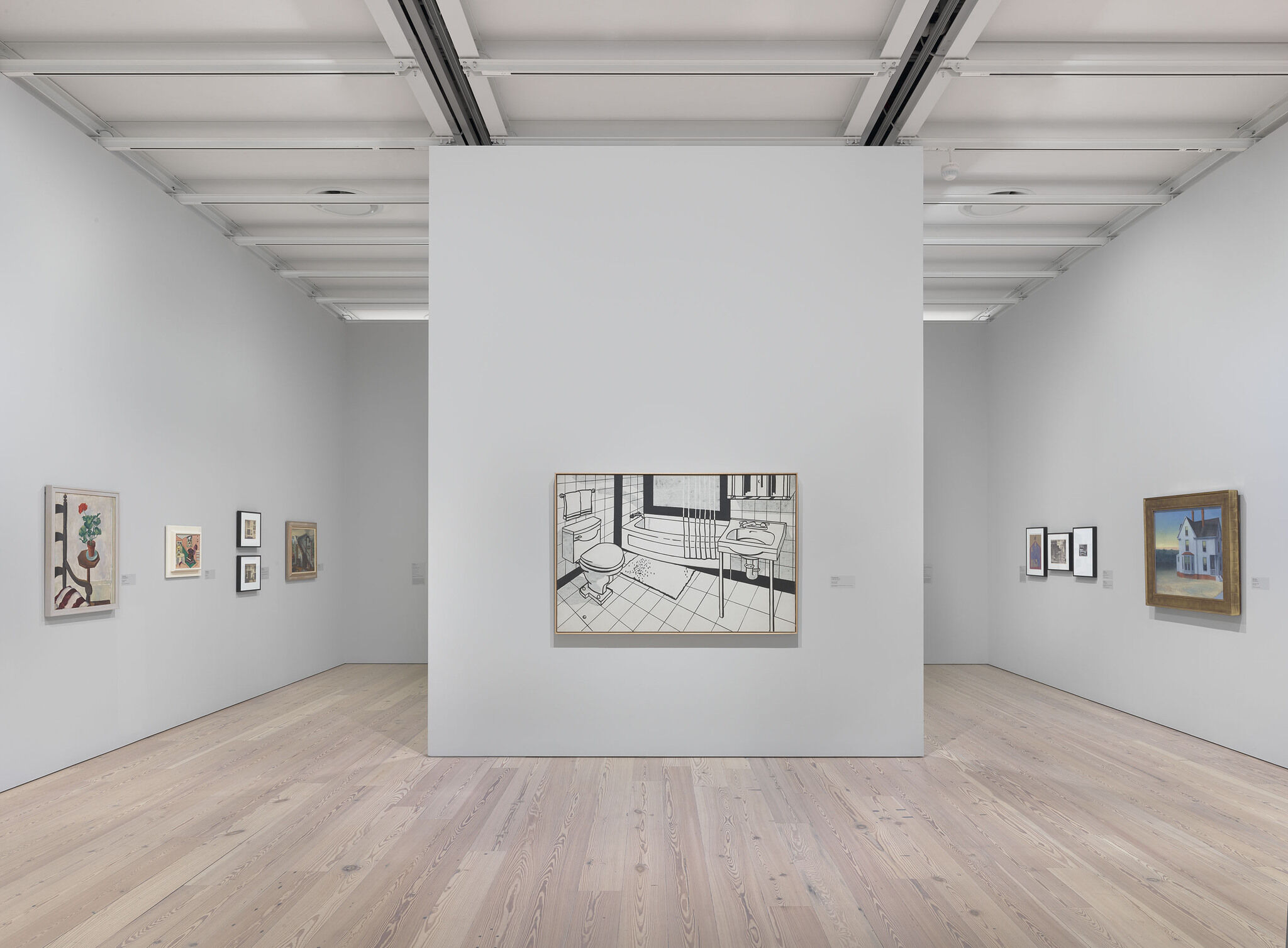

Installation view of Where We Are: Selections from the Whitney’s Collection, 1900–1960 (Whitney Museum of American Art, New York, April 28, 2017–June 2, 2019). From left to right, top to bottom: Charles Sheeler, Geranium, c. 1926; Beauford Delaney, Untitled, 1948; Charles Sheeler, Living Room of New York Apartment of Louise and Walter Arensberg (Southeast Corner), c. 1918; Charles Sheeler, Living Room of New York Apartment of Louise and Walter Arensberg (Northwest Corner), c. 1918; George C. Ault, The Artist at Work, 1946; Roy Lichtenstein, Bathroom, 1961; Bill Taylor, Man in Blue House with Rooster, 1939–1942; Mabel Dwight, The Survivor, Staten Island, 1929; Walker Evans, Westchester, New York, Farmhouse, 1931, printed 1971; Edward Hopper, Cape Cod Sunset, 1934. Photograph by Ron Amstutz
From the exhibition Where We Are: Selections from the Whitney’s Collection, 1900–1960
-


Installation view of Where We Are: Selections from the Whitney’s Collection, 1900–1960 (Whitney Museum of American Art, New York, April 28, 2017–June 2, 2019). From left to right, top to bottom: Charles Sheeler, Geranium, c. 1926; Beauford Delaney, Untitled, 1948; Roy Lichtenstein, Bathroom, 1961; Alex Katz, Ada on Blue, 1959; Edward Steichen, Mr. and Mrs. Sandburg, Elmhurst, Illinois (Vanity Fair), 1923; Alice Neel, Blanche Angel Pregnant, 1937; James Van Der Zee, Cousin Susan Porter, 1915; Gordon Parks, Untitled, 1950; Fairfield Porter, Portrait of Ted Carey and Andy Warhol, 1960. Photograph by Ron Amstutz
From the exhibition Where We Are: Selections from the Whitney’s Collection, 1900–1960

